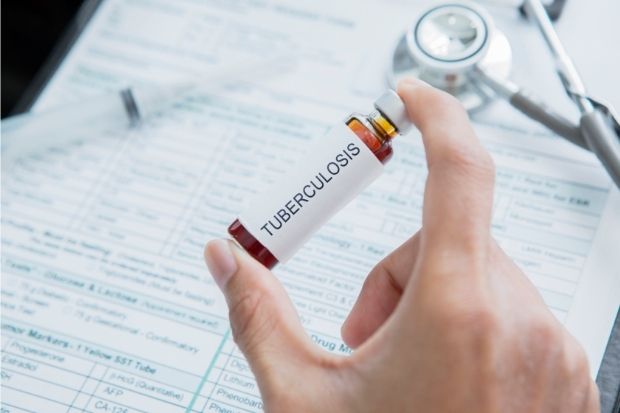DOH still has to catch up on TB treatments

INQUIRER.net stock images
MANILA, Philippines — Michelle Gamba, a 22-year-old business process outsourcing worker, had to go in and out of a local health center in Caloocan City every two months for six months after being diagnosed with mild pulmonary tuberculosis (TB) in May 2020.
She did not think twice about seeking medical attention even when lockdowns were imposed to curb COVID-19.
“I wasn’t scared [to get medical help]. I was just thinking, I was either gonna die of COVID or tuberculosis,” Gamba told the Inquirer.
At the time, she was constantly out of breath and palpitating. She also had chest and back pains, and had no appetite which eventually led her to lose a lot of weight.
After Gamba had herself checked at Caloocan City Medical Center, her chest X-ray results found her positive for TB.
Article continues after this advertisementShe was then referred to a health center serving as a DOTS (directly-observed therapy, short-course) facility. A DOTS facility was established under the Department of Health’s (DOH) National Tuberculosis Control Program to decentralize the government’s TB containment efforts to the provincial and local levels.
Article continues after this advertisementThere, she underwent another series of diagnostic tests, like the GeneXpert, to determine the extent of the TB in her lungs.
Gamba was then enrolled in a six-month treatment regimen, with medical checkups in between, which were all covered by the government. “Almost everything was free … the only thing I paid for was the X-ray test,” she said.
“I wasn’t immediately declared cleared after six months. I was extended for another two months of treatment that ended in February 2021. Then I was advised to rest for another month, and get an X-ray test. By March, I was already free of TB,” she recalled. Gamba’s case, however, pales in comparison to many other ailing Filipinos who could not avail of the government’s TB treatment in the last three years because of mobility restrictions and dangers posed by COVID-19.
It is for this reason that DOH is training its sights on some 200,000 undiagnosed and untreated Filipinos with tuberculosis who need to get medical care in a bid to eliminate the highly contagious airborne disease in the country.
In a Kapihan session on Friday, Ronald Fabella, TB advisor of the DOH disease prevention and control bureau, stressed the need to find undiagnosed TB patients and put them on treatment to be able to curb the transmission of this illness affecting nearly a million Filipinos.
741,000 Pinoys with TB
Citing the World Health Organization’s (WHO) Global Tuberculosis Report released in October last year, Fabella said that approximately 741,000 Filipinos developed active tuberculosis disease in 2021. However, only around 500,000 patients are currently on treatment.
Based on historical data from the WHO, the number of diagnosed and treated individuals with TB has been increasing since 2012, until the COVID-19 pandemic hit the Philippines in early 2020. During that year, diagnosis and treatment for the illness nearly halved to 250,000 from 400,000 in 2019.
But as restrictions eased and the COVID-19 situation in the country improved, more patients went back to hospitals and health centers, with some 470,000 individuals nationwide diagnosed and treated for TB last year.
“The good news is … figures are catching up. In 2022, we saw that more TB cases are finally being identified. Hopefully, [numbers] improve even more until we find the [more than] 700,000 cases,” Fabella told reporters.
Once official figures peak at this rate, Fabella expects case trends in the country to naturally move downward as more patients stay on medication. Under DOTS strategy, a patient’s drug intake and condition are regularly monitored.
However, Fabella said “this is not enough,” and the public health system must continue to intensify active case finding and treatment.
Tuberculosis is an infection caused by the bacteria Mycobacterium tuberculosis that can be transmitted through the air when infected individuals expel droplets through coughing or sneezing. It commonly affects the lungs, but it can also spread to other organs, such as the brain, kidneys or the spine.
Every March 24, the world observes World Tuberculosis Day to raise awareness on the highly contagious disease.
In its latest report, the WHO said that some 1.4 million deaths globally in 2021 were caused by TB.
The WHO recorded most of the growth in global TB deaths in four Asian countries: the Philippines, India, Indonesia, and Myanmar.